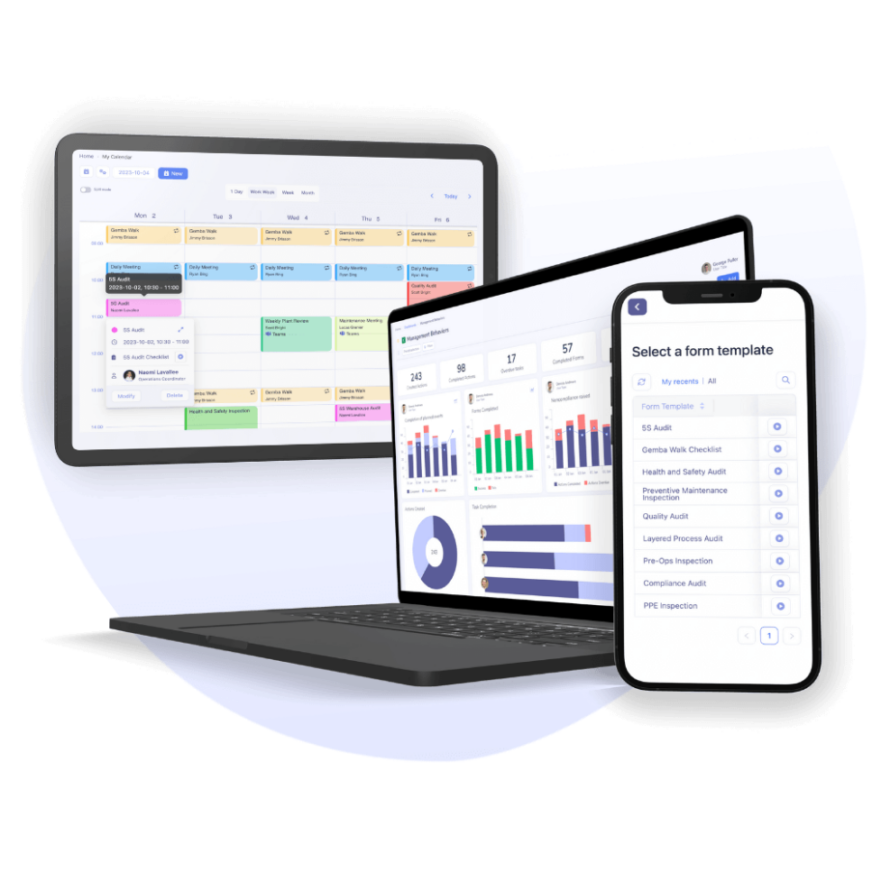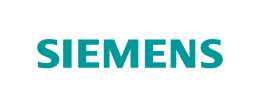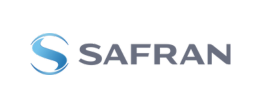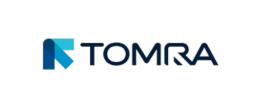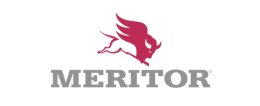Whether it’s to break down silos between support groups or to escalate problems to top-level management, meeting structures support daily operation management. However, many structureless meetings cause time losses in leaders’ daily routines. Implementing a tiered meeting structure is the most effective method to prevent such inefficiency.
What Are Tiered Meetings?
Tiered meetings are short, engaging sessions that gather members at each organizational layer (Tier 1, Tier 2, Tier 3). This structure solidifies the communication cascade between team leaders, supervisors, managers, and executives. It helps align team efforts with overarching objectives, review performance, make decisions, and address issues correctly. These meetings stand out for their swift, often stand-up nature, typically lasting between 10 and 30 minutes.
Conveniently held close to the frontlines, tiered meetings ensure relevant and action-oriented discussions. They usually involve clear agendas, trackable tasks for enhanced accountability, and visual aids such as boards or charts.
5 Challenges in Meetings
- Extended Meetings: Managers often feel swamped when scheduled meetings frequently go beyond their allocated time.
- Unprepared Participants: Team members who play it by ear rarely add value to the conversation.
- Inconsistent Meeting Standards: Efficient and productive meetings often depend on a capable leader.
- Time-Consuming Follow-Ups: Supervisors frequently need help with the hefty task of tracking post-meeting actions and progress.
- Disconnected Meetings: Meetings tend to run in separate lanes, which leads to teams working in silos rather than in sync.
4 Tips for More Efficient Meetings
- Better Preparation: Equip managers with the right tools to collaborate before your meetings and to add new meeting topics.
- Standardizing Meeting Practices: Implement a standard approach to meetings across the board to discuss any issues that have arisen, follow up on tasks, review performance status, align priorities, and make decisions.
- Stratifying Meetings by Management Level: Associate meetings per management tier (Tier 1, Tier 2, or Tier 3) to address relevant issues at the appropriate levels, from top to bottom, and vice versa.
- Clear Criteria for Information Escalation: Establish well-defined guidelines for information escalation to aid effective communication and decision-making.
Tiered Meeting Structure
The tiered meeting structure is a series of recurring meetings designed to facilitate communication cascade and issue resolution across different management levels and support groups. This structure includes:
- Collaborative Tools: Simplify collaboration by implementing tools to share files and photos, add comments, and assign tasks within the meeting minutes.
- Simple Feedback Methods: Provide straightforward ways to give feedback to team leaders and frontline workers.
- Shift Handover Reports: Ensure seamless communication between shifts with standardized meetings.
- Cross-Departmental Collaboration: Encourage collaborative meetings with different departments or support groups to broaden organizational synergy.
Daily Management Meetings and Daily Huddles
7:30 AM
Kickoff Meeting (Tier 1)
Focus on objectives
↓ ↑
9:00 AM
Daily Management Meeting (Tier 2)
Address and prioritize issues or nonconformances
↓ ↑
11:00 AM
Top Managers’ Committee (Tier 3)
Discuss current operations and long-term strategy
__
3:30 PM
Shift Handover Meeting (Tier 1 and 2)
Pass information from one working unit to another
Types of Support Group and Departmental Meetings
Les rencontres de métiers et de départements
- Safety Committee (workplace safety policies and practices)
- Improvement Meetings (continuous process and performance enhancements)
- Quality Assurance Meetings (product or service improvement)
- Governance Meetings (organizational policy, compliance, and strategic direction)
- Engineering Meetings (technical discussions and project planning)
- Maintenance Meetings (upkeep and repair of facilities and equipment)
- 1:1 Meetings (personalized sessions between managers and team members)
Every organization shapes its meeting structure to fit its unique needs based on industry demands, management hierarchy, and operational complexity.
For example, a global manufacturing company might have up to four levels of meetings (team leaders, supervisors, managers, and senior executives).
In contrast, a small to medium-sized manufacturing business may only have two meeting levels, where supervisors work directly with the management team.
Aligning Tiered Meetings with Management Levels
A tiered meeting structure aligns decision-making with the appropriate management level to ensure discussions are relevant to participants’ roles and hierarchical positions. This structure facilitates efficient information transfer throughout the organization. At each level, issues are addressed in a time frame pertinent to that tier’s focus. For example:
Tier 1 Meetings
Tier 1 meetings are centered on rapidly addressing everyday operational issues like obstacles, safety concerns, quality control, and process enhancements. They discuss progress, set daily priorities, and follow up on tasks. Led by the production supervisor, these meetings typically occur at the beginning of each shift or whenever necessary. The supervisor’s role is to promptly tackle challenges on the production floor and, if needed, escalate more complex issues to the Tier 2 meeting.
Tier 2 Meetings
In Tier 2 meetings, Operations Managers and Team Leaders come together to address more complex issues. These sessions involve a collaborative effort in managing technical leads and coordinating with different teams, including support functions. The focus is practical problem-solving to ensure that escalated concerns are systematically addressed and resolved.
Tier 3 Meetings
Tier 3 meetings are where the executive decision-makers converge to steer the organization’s course. In these high-level discussions, top management delves into the tactical and strategic facets of business operations, always with an eye on the long-term objectives.
Their agenda often zeroes in on resolving persistent challenges or anticipated matters. Critical focus areas in these discussions include cost management, effective resource allocation, precise scope determination, and schedule planning.
Frontline Managers – Workers
Tier 1 or Level 1
↓ ↑
Middle Managers – Support Groups
Tier 2 or Level 2
↓ ↑
Directors Committee
Tier 3 or Level 3

5 Reasons Leaders Digitalize Operations
1. Simplifying the Communication Cascade Across Management Levels
Digital tools enable efficient information transmission between various management levels. For instance, a team leader can flag a factory floor issue, discuss it in a production meeting, and receive prompt feedback. Updates can then be rapidly escalated to higher management, such as executive committees, for further action.
2. Facilitating Team Connection in a Mobile, Paperless Setting
A digital solution connects all the organization’s teams in a paperless environment. It breaks down silos in such a way that the frontline managers can easily share information with the support groups. For example, it streamlines the communication between the supervisor, the safety manager, and the engineering team.
Tervene helped us break silos between departments and increase implication from support groups.
Melina, Operation Director, Canada
3. Improving Leader Standard Work (LSW)
Digital management systems are fundamental in simplifying managers’ daily operations. These systems significantly reduce administrative burden by minimizing the need for word-of-mouth communication, manual transcription, and paper-based analysis. This efficiency boost strengthens Leader Standard Work and enables managers to conduct more effective daily, weekly, and monthly meetings.
4. Standardizing Meetings and Shift Handovers
Digital meeting solutions offer leaders a structured framework for organizing meetings and shift handovers. This standardization is why global manufacturers like Safran, Lactalis, and Cascades adopted digital tools.
We standardized most of our recurring meetings. For example, shift transfer meetings enable better communication from one supervisor to another.
Marie-Anne, Production Director at IPL Plastics, Canada
5. Gaining Meeting Transparency with Real-Time Visibility
Digital tools significantly improve the transparency of meeting minutes by detailing task ownership and due dates associated with every participant. They enable leaders to track progress effectively in real-time, even between scheduled meetings. Integrated solutions promote a heightened accountability and responsibility culture to keep all participants up-to-date about their tasks and deadlines.
Efficiency with Tervene’s Digital Meetings
Ready to upgrade your meeting method? Thanks to its connected solution, Tervene supports your management team in daily operations. For example, the digital solution speeds up meeting preparation and execution by 65%.
Start collaborating with your team before, during, and after meetings in a fully connected ecosystem. Share agendas easily, make well-informed decisions, and assign tasks with precision. With Tervene, 10 daily meetings are standardized on average per organization.
Take the first step towards more productive and efficient meetings. Join the hundreds of organizations that standardized their meetings and book your demo today.

Tervene is very useful in managing recurring meetings and their resulting tasks. Transferring tasks from one meeting to another allows for tracking critical tasks collectively.
Human Resources Director at Fortal, France

